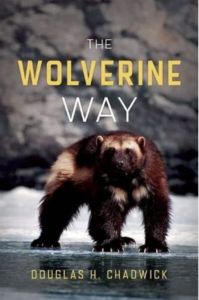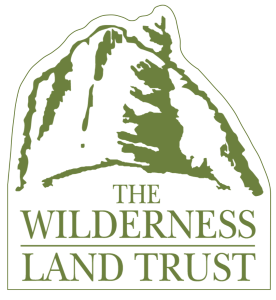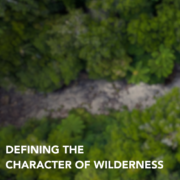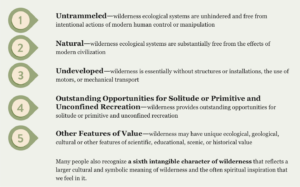Introducing the Wilderness Book Club
October 20, 2023-
Introducing The Wilderness Book Club!
With autumn leaves turning and the first frosts greeting the dawn, it won’t be long before the snow drives many of us indoors from our favorite wilderness trails. To celebrate the start of this cozy season we’re excited to introduce our new Wilderness Book Club!
Every other month we’ll select a book, non-fiction or fiction, that explores wilderness, conservation, wildlife, and adventure from a wide range of voices. You can read along and send us your thoughts and reflections about the book which we’ll share on the website for the rest of the club. You can also send us your book recommendations!
 October Wilderness Book Club Pick:
October Wilderness Book Club Pick:
The Wolverine Way
by Douglas H. Chadwick
The wolverine comes marked with a reputation based on myth and fancy. Yet this enigmatic animal is more complex than the legends that surround it. With a shrinking wilderness and global warming, the future of the wolverine is uncertain. The Wolverine Way reveals the natural history of this species and the forces that threaten its future, engagingly told by Douglas Chadwick, a biologist with the Glacier Wolverine Project.
This month’s pick was recommended by Margosia, our Director of Marketing & Communications: “I first read The Wolverine Way a few winters ago after leading some bear-aware programs with the author Doug Chadwick. All that winter while out skiing, especially in Glacier NP, I annoyed my family and friends with constant wolverine facts and stories from it. I couldn’t help it though, the book was so interesting!”
Send us your thoughts and reflections on The Wolverine Way by December 18th
Share the Wilderness Book Club with your reader friends and have them sign up for our email newsletter to hear about the latest book picks.




